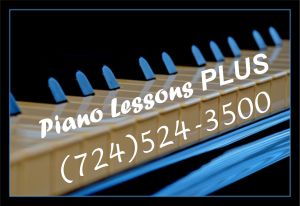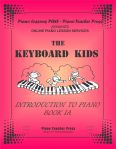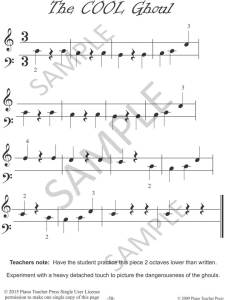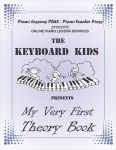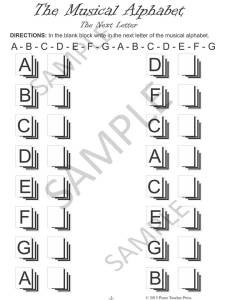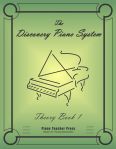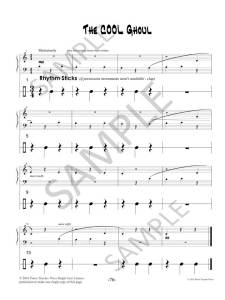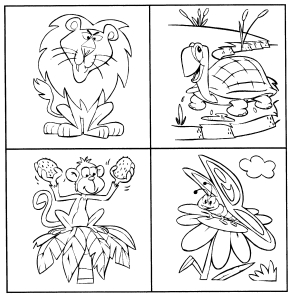In these days of isolation and your child needing a companion. TRY MUSIC!!

I am excited. Teaching piano lessons remotely for the past several weeks, due to the Covid-19 pandemic, has forced me to rethink piano lessons to its possibilities in an online environment.
I have found that online environment quite capable of giving students quality musical instruction. In these past weeks I have made many adaptations to my new “teaching center” by adding hardware, internet capacity combined with a lot of research to expand my creative capabilities and make my lessons more exciting and engaging.
I have found ways of communicating with my students that gives them guidance on how to master their material; even exceeding what I was doing in my private studio lessons. I have been researching how other online math teachers have been using the internet and adapting their innovative techniques to piano lessons.
I have also found, because of my student’s online savvy, that they have taken to online learning positively and enthusiastically. It has been a very natural adaptation.
I think there are a lot of parents who have recently been made aware of online learning. Many students are getting their education online. In my area many students are using iPads as a natural tool in their school day.
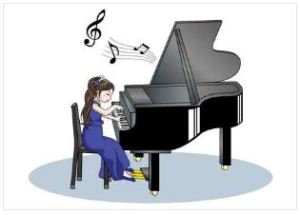
The exciting thing for me is that two of my major teaching programs are already perfectly suited to online learning via computers or iPads. What I have been doing at my studio is now formatted for immediate use to any online learners.
My programs ready to go today are Keyboard Kids and The Discovery Piano System. My Keyboard Kids program is the perfect program to help children, age 4-6, begin to reading music.
My Discovery Piano System is so much more than a method that gets young beginners to read music and play a few songs. It is a system that gets students composing, arranging and creating music. It makes music a functional part of their lives, a very part of their person. They become individually creative with music, even at the elementary level of study.
In days of like today music may be your child’s perfect companion.
Please contact me today at 724-524-3500 or fill out the form at the bottom of this page.
Want more information about having piano lessons in YOUR HOME?
